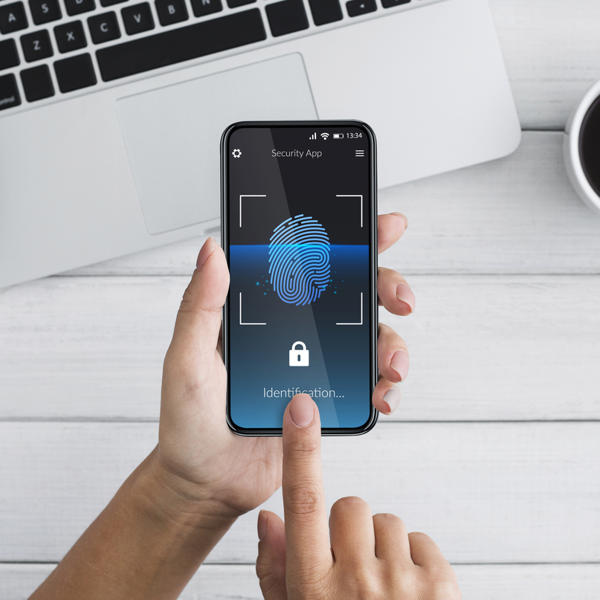Here are the some methods for staying safe online:

Face and Fingerprint
As an alternative to traditional passwords, consider using your fingerprint or face scan on your smart phone or tablet as it is completely unique to you and much harder for a hacker to fake. Many new devices now support fingerprint scanning, and a lot of banks now offer face recognition to log in or authenticate payments online. Learn more about security
Two-Factor Authentication
Most online services like email and banking now offer the option of adding two-factor authentication to the login process. This usually involves texting a code to your mobile phone, or perhaps downloading an app to verify your identity when logging in. This means that even if someone guesses your password, you still have control over allowing the login. Learn more about banking safety
Password Strength
Short passwords made up of just numbers or letters can easily be found out by hackers. When creating a password, perhaps try picking three random words which will allow you to create a strong password that is easier to remember. Also, ensure that you don’t use the same password for everything because you don’t want someone breaking into your bank account because they guessed the password to a social media account. Learn more about online shoppingPassword managers (for example, on your phone) can be a very helpful. This is a piece of software that securely stores all your different passwords so that you can always find them.
Don’t ever share your passwords with anyone. For example, bank employees will never ask you for your password. This is a common trick in telephone scams
Think before you click
When browsing and shopping online, it’s easy to fall into the trap of assuming a site is safe. Scammers will often create very realistic looking websites but, in reality, they are trying to steal your password or perhaps your credit card details. This kind of activity is very common at busy times like Christmas, Black Friday, or January sales, but it can happen at any time.
Links to these sites will often come in an email or text message. If you’re unsure about the link you are clicking, go to a trusted search engine and type in the full address of the site you want. Also, check if your antivirus software is up to date.




